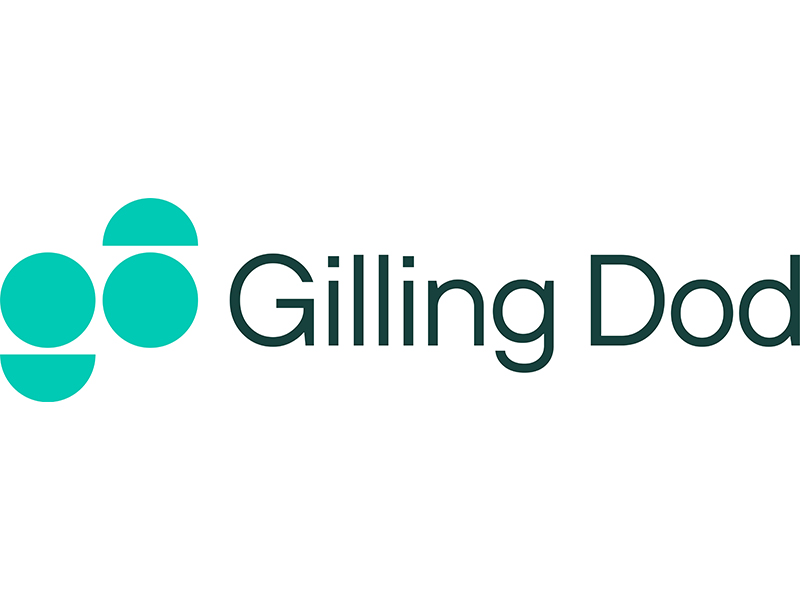From April this year, the use of Building Information Modelling (BIM) will become mandatory on all government-procured projects. Here, we explore the benefits of this approach and ask whether suppliers are ready for the deadline
In April 2016 – less than eight weeks away - the collaborative use of BIM Level 2 in all government-procured buildings, including centrally-funded NHS facilities, will become mandatory, with all asset information relating to a project becoming electronically shareable. BIM is the process of designing a building collaboratively using a system of computer-generated models, rather than separate sets of drawings.
It offers considerable cost and time savings and much greater accuracy, avoiding errors as multiple teams input into a design over the course of its creation.
The April deadline will impact businesses throughout the entire construction supply chain, from architects to contractors to product manufacturers, and since the intention was first revealed as part of the Government’s BIM Strategy in 2011, many companies within the sector have been scrambling to optimise their BIM capabilities.
Unprepared
But recent surveys have shed doubt on whether the marketplace is properly prepared, and there is a very real risk that many companies will be left behind. Even suppliers who have worked closely with the NHS in the past may find their products are overlooked if they haven’t done the necessary groundwork.
I’m not sure everyone gets it right now and it’s very easy to say ‘it won’t do anything for me’, but while you may not see the benefits immediately, there are savings to be made
A poll by the Electrical Contractors’ Association (ECA) reveals it is the smaller contracting firms that are currently most affected.
The survey found that 54% of firms with a turnover of less than £1m are ‘not ready at all’ for the April deadline. Of the businesses with earnings between £1m-£20m, 30% shared the same view. Of the largest firms, with turnovers of over £20m, only 11% said they were not ready at all.
David Kershaw, a representative for the P21+ procurement channel and its principal supply chain partners, is among the key members of BIM4Health, a task group bringing together expertise from industry, government, public sector, institutes and academia to drive increased adoption of BIM across the healthcare supply chain.
He said: “I’m not sure everyone gets it right now and it’s very easy to say ‘it won’t do anything for me’, but while you may not see the benefits immediately, there are savings to be made. If companies do not act now, they will get left behind.”
Investing time
Space Zero, a specialist healthcare interior architects and FFE consultancy, was among the first to embrace BIM more than six years ago. Its supply chain manager, Gregg Barton, said there were very real concerns that product suppliers would not be ready.
He added: “Knowledge of BIM Level 2 is limited and businesses are missing out on the cost and saving benefits it brings, with some suppliers never having heard of it.
“It takes time to do, granted, but it saves you so much time and money in the long-run.
“Not everyone can read a plan or a blueprint, but BIM makes it much easier.
By continuing to dwell, smaller contracting firms will be overlooked for the ‘future-ready’ companies that are becoming more and more experienced with the practice
“For us, when we specify furniture, for example, sometimes when it is actually installed we find a wardrobe might cover a light switch. This means that during construction you have to stop and move the switches or change the furniture. With BIM models this can’t happen as the clash would show up early in the design stage before work starts on site.
“We find it very frustrating and amazing that suppliers are not buying into it. If someone comes to us with BIM-ready products, we are more likely to use them.”
Among the suppliers leading the way with BIM is Jaga Heating Products.
A spokesman said: “The real message that needs to be iterated is that BIM is not going away anytime soon and smaller building services businesses should be accelerating their adoption of the implementation process.
“By continuing to dwell, smaller contracting firms will be overlooked for the ‘future-ready’ companies that are becoming more and more experienced with the practice.”
Part of the problem, it appears, is that not enough information has been communicated about how small businesses can implement BIM in a way that minimises disruption to existing and future projects. The costs of implementing BIM – and the potential benefits – may have also been miscommunicated.
To help address this, the ECA has released a four-point action plan to help prevent building services SMEs from becoming frozen out. The plan includes a ‘BIM readiness checklist’, jargon buster, and a library of case studies showing BIM in operation.
“While on the whole large construction firms have already embraced BIM, the role of manufacturers cannot be overstated,” said the Jaga spokesman.
“As BIM-driven projects become more common, the onus will be on manufacturers to supply precise data on how their products will contribute to a building’s operation. Without that information, project teams may be hampered by design mistakes that have a major impact on timelines and overall costs.

Safehinge is one of the early adopters of BIM
A no-brainer
“Justifying the use of BIM should be everyone’s responsibility – from the Government through to architects, contactors and manufacturers. It is not too late to get the ball rolling. It is not just about hitting deadlines; it is about enhancing building processes that will benefit the UK construction industry for years to come.”
Currently, there are concerns that, without one organisation driving BIM adoption across the industry, various models will be used, further complicating the process and hindering wider adoption.
My advice to the suppliers is to get out in front of the clients as quickly as possible and demonstrate, with a massive degree of transparency in all areas, what you can do, how well you do it, your ability to collaborate with all in the process, and your willingness to develop long-term, as well as short-term, relationships
Karl Redmond, BIM4SME representative, director of Bowman Riley Innovate and a member of the BIM4Health taskforce, said: “In the absence of a standard model, major clients will be forced to fill the gap with their own definition of information requirements, which could lead to suppliers preparing multiple versions of component/product BIM models to suit each development.
“My advice to the suppliers is to get out in front of the clients as quickly as possible and demonstrate, with a massive degree of transparency in all areas, what you can do, how well you do it, your ability to collaborate with all in the process, and your willingness to develop long-term, as well as short-term, relationships.”
Andrew Arnold of Gilling Dod Architects, another early adopter of BIM, added: “It was a no-brainer for us. It was so important we just had to invest in it.
“It does mean you need to get the software and training and it needs talented people to do it, but it has to be the way forward.
“BIM takes longer at the beginning, but once everyone understands it it does save time and there are many benefits.”
Karndean Flooring is another forward-thinking supplier and has created a BIM library of its flooring products.
Matthew Speck, the company’s head of commercial sales, said: “Having been aware of the Government’s impending mandate for all businesses to be BIM ready by April, we’ve been pro-active in ensuring our BIM library offers our most-successful commercial collection at the time of release.
“We work closely with specifiers on various public and private building projects throughout the UK, so it’s important for us to offer a comprehensive range of our LVT wood and stone designs. Likewise, we will be regularly updating our BIM platform with our latest products and up-to-date technical specifications.”
Early adopters
Phil Ross, director of Safehinge, added: “We have spent a long time understanding exactly what our customers want from BIM and have become an early adopter.
“We see BIM as having the potential for estimating efficiencies throughout the supply chain and as a great opportunity for simplifying the specification process - resulting in fresh opportunities for suppliers to get their products noticed in this competitive sector.”
He said the company had spent around £5,000 getting its first round of BIM models in place and will continue to invest moving forward.
“This may seem like a lot of time and money, but we see this as an efficiency benefit that will deliver tangible cost savings in the future and we expect the mandatory use of BIM to make it easier for customers to choose products from our range moving forward.”
The company now offers a special BIM CPD seminar and Revit as well as two fully-editable models.
Ross said: “While making the decision to have your products modelled in 3D does require some investment, choosing this option is essential if you wish to remain competitive in a rapidly-changing business environment.
“As one of the early adopters, we have recognised the benefits and will continue to develop our BIM model to enable the full advantages to be realised across the entire supply chain.”





